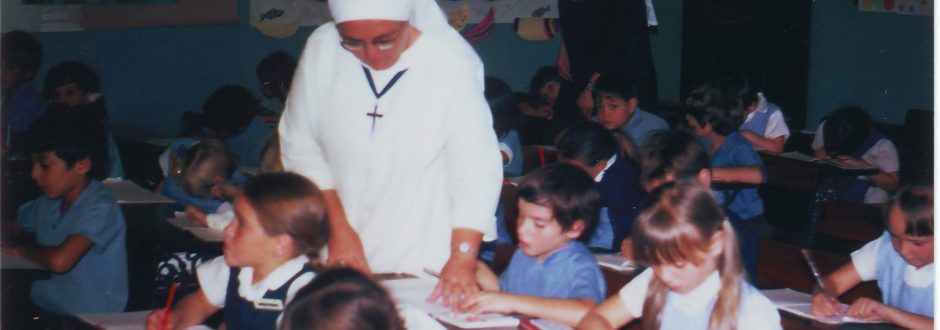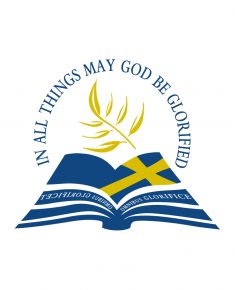Inspired by the Parable of the Good Samaritan and John Bede Polding’s directive to “teach in schools… and apply (our)selves to every other charitable work,” we as a Congregation have reached out to the poor, the vulnerable and the marginalised across continents and across centuries.
We teach in schools
A Long Tradition of Education
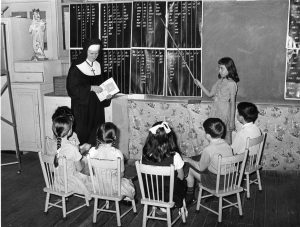 In the early days, some of our Sisters began to accompany Archbishop Polding on his missionary work. These were long journeys under difficult conditions, often travelling by horse and cart or by ship. The Sisters’ main role was to prepare children for the sacraments of Baptism, Eucharist and Confirmation. This meant we became well-known throughout the regional districts, and many new members of the Congregation came from these areas.
In the early days, some of our Sisters began to accompany Archbishop Polding on his missionary work. These were long journeys under difficult conditions, often travelling by horse and cart or by ship. The Sisters’ main role was to prepare children for the sacraments of Baptism, Eucharist and Confirmation. This meant we became well-known throughout the regional districts, and many new members of the Congregation came from these areas.
From the outset, Polding considered the education of women and girls in the colony to be essential. His belief that authentic Catholic education is an integrated process was clearly articulated in 1859. Polding’s concept of a Catholic School was a holistic one. At its centre was:
“the living teacher, the living pupil” interacting within a fully Catholic atmosphere where Religion was not just one subject amongst others, but the coordinating principle of the entire school.
– M. Walsh The Good Sams: Sisters of the Good Samaritan 1857-1969 (Mulgrave: John Garratt Publishing, 2001).
With this as the blueprint for Catholic education in Australia, our first school was established in Sussex Street in the heart of Sydney in 1861. Throughout the 19th and 20th centuries, we responded to invitations from bishops to begin schools throughout Australia, with teaching becoming one of our main ministries.
Japan
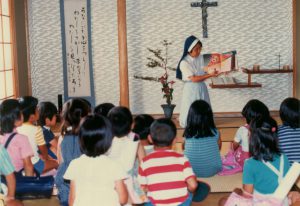 Less than a hundred years after being founded, the Congregation answered a request for help from overseas for the first time, when in 1948 a small group of Sisters went to Japan. Bishop Yamaguchi of Nagasaki had written to ask for assistance in reconstructing his diocese, which had been devastated by the atomic bomb. He needed a community of Sisters to set up a clinic and establish schools, and the Congregation responded with overwhelming generosity.
Less than a hundred years after being founded, the Congregation answered a request for help from overseas for the first time, when in 1948 a small group of Sisters went to Japan. Bishop Yamaguchi of Nagasaki had written to ask for assistance in reconstructing his diocese, which had been devastated by the atomic bomb. He needed a community of Sisters to set up a clinic and establish schools, and the Congregation responded with overwhelming generosity.
Our Lady of the Cherry Blossom Kindergarten and Seiwa Joshi Gakuin (meaning ‘Holy Peace’ High School) were established in Sasebo in 1952-53. They are renowned for their high educational standards and remain thriving school communities to this day.
Philippines
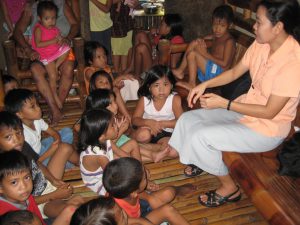 In the 1980s, the church in Japan expressed a strong desire for solidarity with the poor in Asia. After sending two sisters to study in Manila, and following a significant period of discernment, a Good Samaritan community was established in The Philippines.
In the 1980s, the church in Japan expressed a strong desire for solidarity with the poor in Asia. After sending two sisters to study in Manila, and following a significant period of discernment, a Good Samaritan community was established in The Philippines.
In 1990 Sisters from Japan and Australia took up residence in Bacolod and the Good Samaritan Kinder School opened its doors in 2004. Today, we are involved in a broad range of ministries including education, ministry to the urban poor in slum areas, a long-term commitment to Concepcion Parish, teaching in the seminary, spiritual direction and counselling.
Kiribati
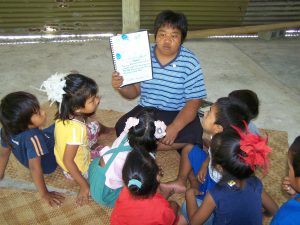 In 1991 we responded to another invitation, this time from the Bishop of Kiribati, to assist with the education of young people. Again, the Congregation answered the call to be neighbour with generosity and compassion through ministries in education at the Kiribati Pastoral Institute and in Religious Education. We now have two communities of Sisters who run a preschool and offer pastoral care in villages and centres for people with disabilities. The Sisters are also involved in pastoral support of prisoners and people with mental illness.
In 1991 we responded to another invitation, this time from the Bishop of Kiribati, to assist with the education of young people. Again, the Congregation answered the call to be neighbour with generosity and compassion through ministries in education at the Kiribati Pastoral Institute and in Religious Education. We now have two communities of Sisters who run a preschool and offer pastoral care in villages and centres for people with disabilities. The Sisters are also involved in pastoral support of prisoners and people with mental illness.
Timor-Leste
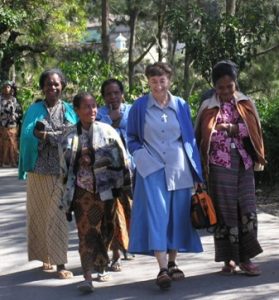 Closer to home, after the atrocities of the Indonesian occupation of Timor-Leste, we responded to the call for assistance, and have had an active presence in education since 2001. The Good Samaritan Scholarship Program has assisted many students to complete their secondary education and to obtain tertiary qualifications in areas such as teaching, accountancy and trades.
Closer to home, after the atrocities of the Indonesian occupation of Timor-Leste, we responded to the call for assistance, and have had an active presence in education since 2001. The Good Samaritan Scholarship Program has assisted many students to complete their secondary education and to obtain tertiary qualifications in areas such as teaching, accountancy and trades.
